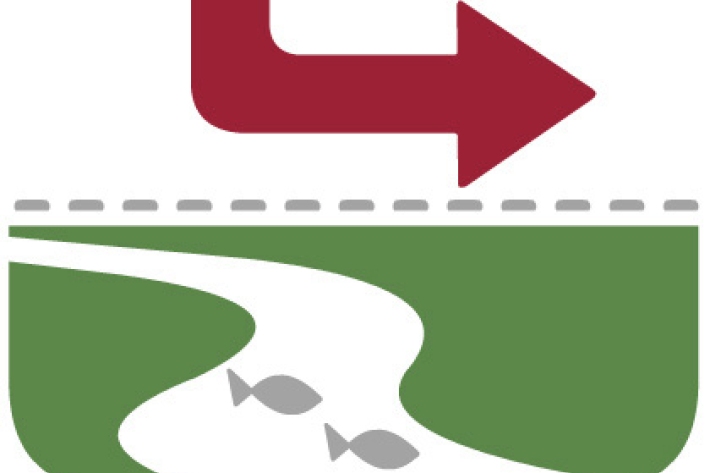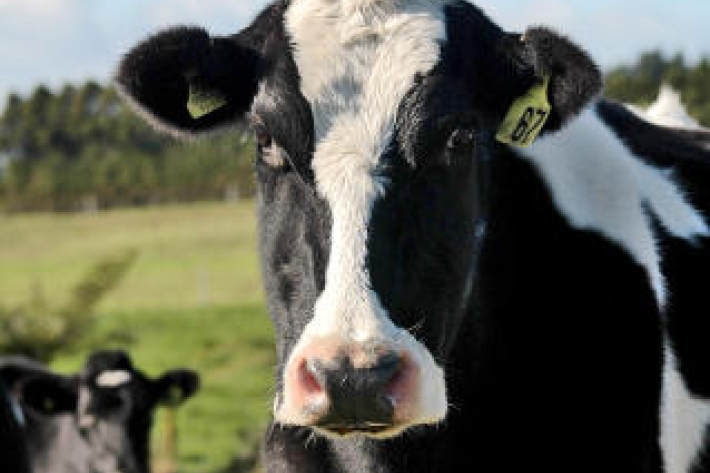-

Tuna aquaculture - international
On a global scale, market demand for eels as a foodstuff is high and declines in wild eel production mean that aquaculture is being put forward as a potential eel source. -

Tuna - barriers to migration
One of the greatest threats to indigenous fish species which follow a catadromous life cycle (i.e., starting life at sea but then migrating into freshwater) are barriers that prevent or delay migrations between freshwater and marine environments. -

Tuna - loss of habitat
Since European settlement there have been many changes in land use in New Zealand, with large forested areas having been cleared for human habitation and agriculture. -

Tuna - pressures on New Zealand populations
Freshwater eel populations around the world are in steep decline. -

Tuna - growth
New Zealand longfins are one of the largest eel species in the world, and have been recorded at sizes of almost 2 m in length and more than 50 kg in weight. -

Tuna - biology and ecology
Freshwater eels have an unusual life cycle which sees them travelling between the ocean, estuaries and freshwaters. -

Customary fisheries management tools
Examples of customary fisheries management tools. -

Mitigation
Simple steps to minimise the effects of infectious substances on water quality and mahinga kai. -

Mitigation and best practice options
Here are some simple steps to minimise the effects of forestry activities on water quality and mahinga kai. -

Dairy
Dairy farms produce milk and milk products that supply both the domestic and the overseas export markets.
